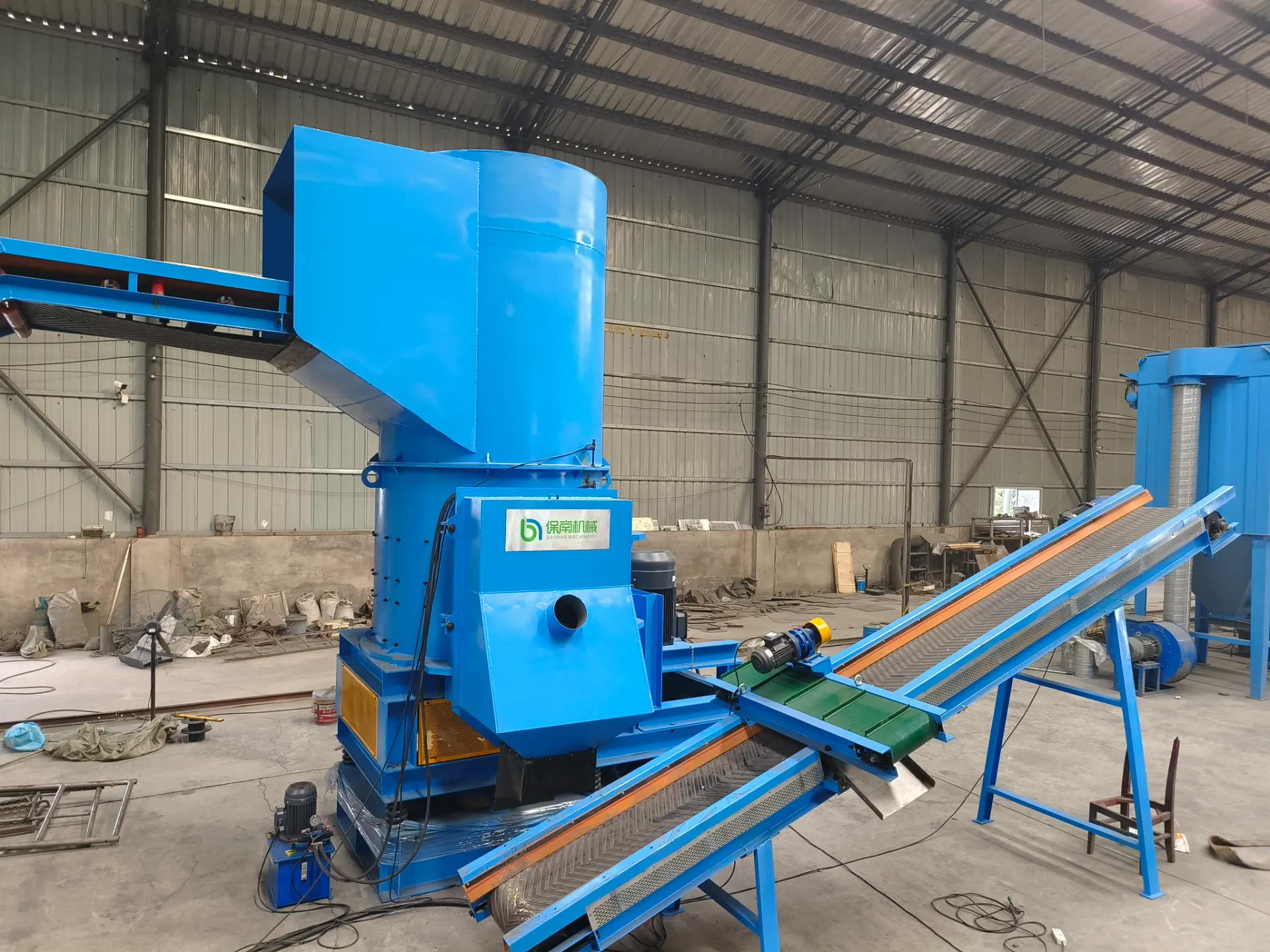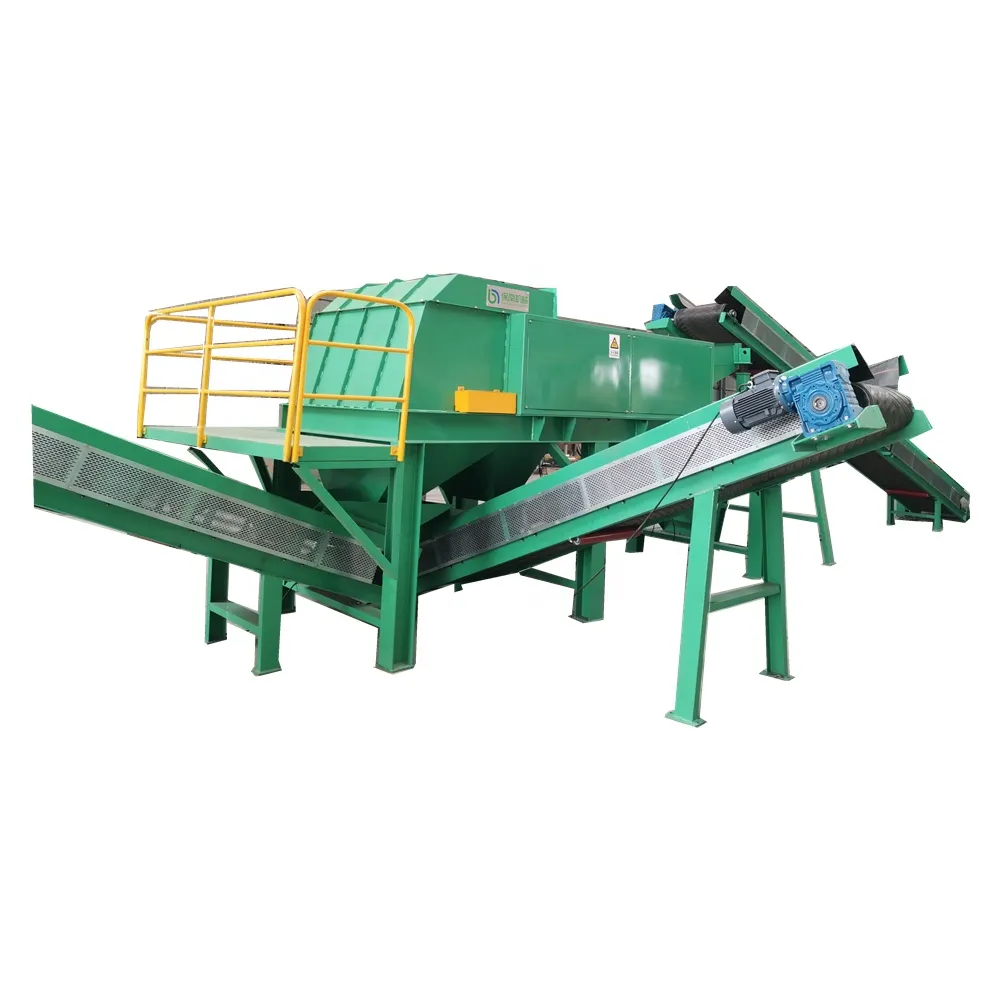Understanding the dynamics of the shredded steel market is crucial for both industry insiders and potential investors seeking to capitalize on this vital material. Shredded steel, a product derived from recycling metal waste, is central to various industrial applications, including construction and automotive manufacturing. With fluctuating demands and market conditions, knowing the factors that influence shredded steel prices is essential for making informed decisions.

Firstly, global supply and demand dynamics play a pivotal role in determining the price of shredded steel. As an eco-friendly alternative to virgin steel production, recycled steel's demand rises with increasing focus on sustainability and reduced carbon footprints. Major economies continually push for greener practices, which has led to heightened demand in recent years. This demand, however, can be volatile, swaying prices dramatically. Industry professionals with a keen understanding of these trends can anticipate market shifts more accurately.
The cost of energy is another critical factor impacting shredded steel prices.
Recycling steel is an energy-intensive process. Thus, fluctuations in energy costs directly influence production expenses. Rising costs of electricity or fuel can lead to higher shredded steel prices, while advancements in energy-efficient technologies might mitigate these effects over time. Staying updated on technological innovations and energy market trends is vital for stakeholders seeking to hedge against price volatility.

Moreover, government regulations and policies significantly shape shredded steel's market landscape. Environmental policies encouraging recycling and bans on steel scrap exports are two examples of government interventions that can affect supply levels and pricing structures. Industry experts often advocate for proactive engagement with policymakers to navigate these regulatory changes effectively, ensuring compliance while optimizing economic outcomes.
shred steel price
The international trade environment also has a profound impact on shredded steel pricing. Export tariffs, import duties, and trade agreements between nations can alter market access for suppliers and buyers alike. For instance, a newly imposed tariff on steel imports from a particular country could make shredded steel a more attractive option domestically, thereby affecting local price levels. Professionals well-versed in international trade law and agreements are often better positioned to optimize pricing strategies and supply chain logistics.
Technological advancements in recycling processes can further influence shredded steel prices. Innovations that improve processing efficiency or yield higher quality steel can decrease costs, thereby making shredded steel more competitive against its virgin counterpart. Companies investing in cutting-edge recycling technologies often gain a significant competitive advantage, offering higher quality products at lower prices.
Lastly, market sentiment and speculation frequently impact commodity prices, including shredded steel. The perceptions and anticipations of investors based on economic indicators or geopolitical events can lead to speculative trading. Having a nuanced understanding of the broader economic and political climate can provide insights into potential price movements.
In conclusion, several interconnected factors drive the price of shredded steel. A comprehensive understanding of global supply-demand trends, energy costs, regulatory landscapes, international trade environments, technological innovations, and market sentiment is essential for industry players looking to navigate this complex market successfully. By leveraging expertise and maintaining a finger on the pulse of these dynamics, businesses can position themselves advantageously in the shredded steel market, maximizing both opportunities and profitability.


